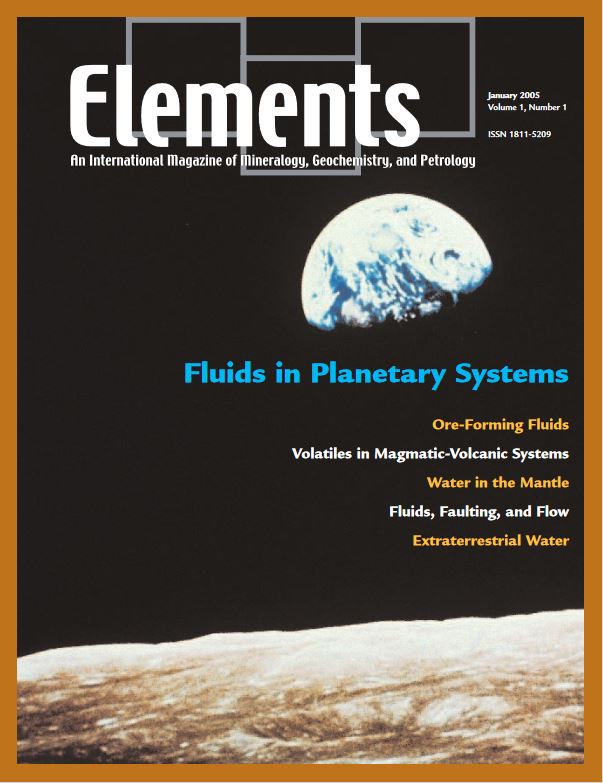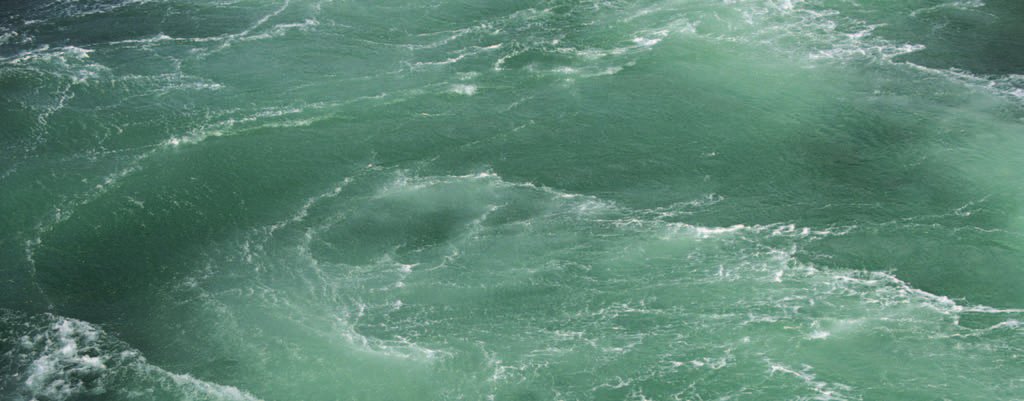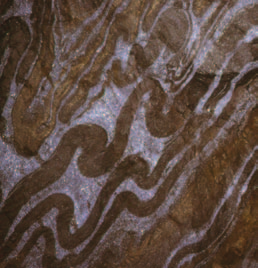
Fluids in Planetary Systems
Table of Contents
Water and geofluids play crucial roles in the geological processes of Earth and the solar system. They contribute to the formation of mineral deposits, affect volcanic eruptions, influence rock deformation, and are essential for life. This issue of Elements explores the distribution and significance of water in various geological environments. Ore-forming fluids, with high water content, drive the creation of Earth’s ore deposits. Volatiles in magmas impact volcanic hazards. Subducting slabs transport water into the Earth’s mantle, potentially creating a significant water reservoir. Geological fluids affect rock deformation, leading to earthquakes and other consequences. Water is abundant in the solar system, particularly as ice, with liquid water likely limited to Earth and certain moons.
Fluids in Planetary Systems
Ore-Forming Fluids
Volatiles in Magmatic-Volcanic Systems
Water in the Mantle
Fluids, Faulting, and Flow
Extraterrestrial Water
v1n2 Diamonds
GUEST EDITOR George E. Harlow and Rondi M. Davies
Diamond, the fascinating ultrahard mineral, is the focus of considerable interest and scientific research. Recent advances particularly relevant to geoscientists include: diamond as a recorder of Earth processes from the perspective of inclusions, chemistry, and conditions of formation; syn- thesis for research applications and processing to modify color and physical properties, important to diamond gems and anvils; the implications of nanodia- monds from meteorites.
- Diamonds – George E. Harlow and Rondi M. Davies
- Inclusions in sublithospheric diamonds – unique samples from the deep mantle Thomas Stachel (University of Alberta), Gerhard P. Brey (Universität Frankfurt), and Jeff W. Harris (University of Glasgow)
- Stable Isotopes and the Origin of Diamond Pierre Cartigny
- Strange Diamonds: The Mysterious Origins of Carbonado and Framesite Peter J. Heaney (Pennsylvania State University), Edward P. Vicenzi (Smithsonian Institution), and Subarnarekha De
- Microdiamonds in Ultrahigh-Pressure Metamorphic Rocks Yoshihide Ogasawara (Waseda University)
- Meteoritic nanodiamonds: messengers from the stars? Gary R. Huss (University of Hawaii at Manoa)
- High-pressure and high-temperature (HPHT) treatment of gem diamonds James E. Shigley (Gemmological Institute)
- Growing Diamond Crystals by Chemical Vapor Deposition Russell J. Hemley and coworkers (Geophysical Laboratory)
- Fluids in Planetary Systems (January 2005 )
- Diamonds(March 2005)
- Genesis: Rocks, Minerals, and the Geochemical Origin of Life (June 2005)
- Toxic Metals in the Environment: The Role of Surfaces (September 2005)
- Large Igneous Provinces: Origin and Environmental Consequences (December 2005 )











